Quick Links: About Us - Contact Us
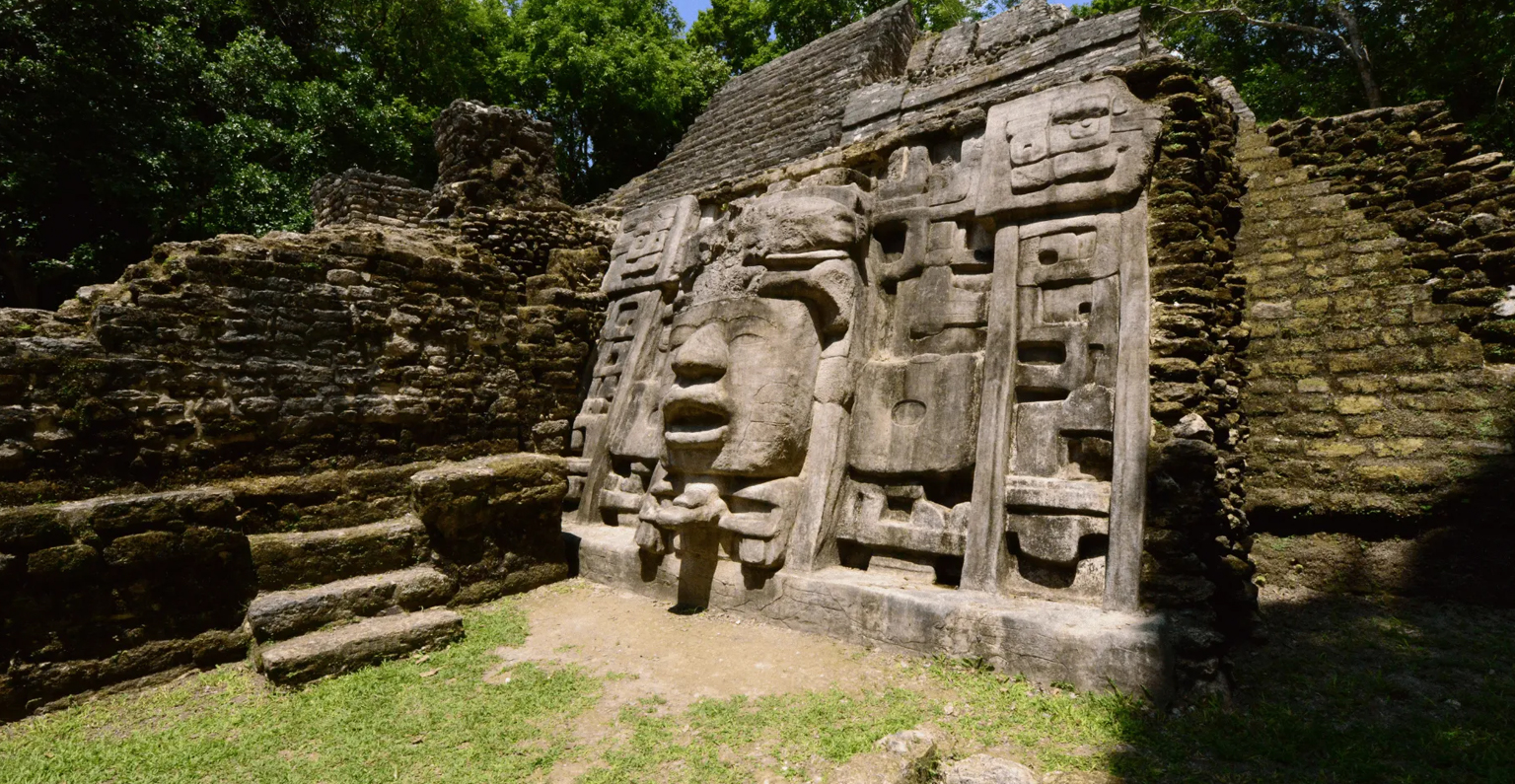
Belize is more than a tropical paradise—it’s a living museum of ancient civilizations and colonial history. Scattered across the country are towering Maya temples, sacred caves filled with centuries-old artifacts, and stately colonial buildings that tell the story of a land shaped by diverse cultures.
Whether you’re drawn to the mystery of the Maya, the legacy of European settlers, or the blend of both, Belize offers countless opportunities to walk through history. And yes, you can explore these sites even during the rainy season. In fact, the wet months (June to November) bring out lush landscapes, cooler temperatures, and quieter trails—if you come prepared.
In this guide, we’ll highlight must-visit historical sites, from awe-inspiring ruins to charming colonial relics, with practical tips for making the most of your journey in wet conditions.
Why Belize is a Treasure Trove of History
Belize’s history stretches back thousands of years. The ancient Maya built massive cities, ceremonial complexes, and trade networks that thrived long before European contact. Between 250 and 900 CE, the Maya civilization reached its peak, leaving behind iconic ruins that still stand today.
The 16th century brought Spanish explorers, followed by British settlers who established Belize as a colony—known as British Honduras—until independence in 1981. This unique blend of indigenous and colonial history means that in a single trip, you can stand in a sacred Maya cave in the morning and visit a Georgian-style colonial building in the afternoon.
During the rainy season, heavy but short-lived showers are common. While certain river crossings may take longer and some trails become muddy, the payoff is spectacular—greener vegetation, fewer tourists, and a more authentic atmosphere.
Ancient Maya Wonders
1. Actun Tunichil Muknal (ATM) Cave
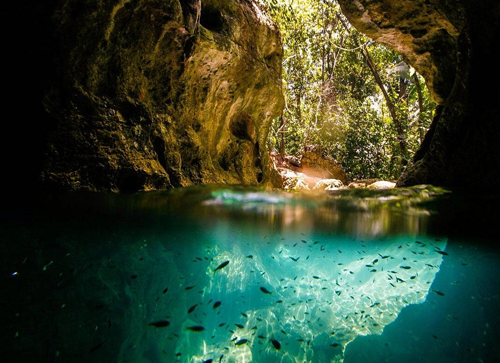
Tucked deep within the Tapir Mountain Nature Reserve, Actun Tunichil Muknal is one of Belize’s most extraordinary archaeological sites. The name means “Cave of the Stone Sepulcher,” and it’s not hard to see why—it holds the remains of ancient Maya rituals, including skeletal remains, ceramics, and stone tools.
Inside, you’ll find the famous “Crystal Maiden,” a calcified skeleton of a young woman that glistens under light. The cave’s chambers, stalactites, and underground river create an otherworldly atmosphere.
Tour Access: ATM Cave is only accessible with a licensed guide, and reaching it requires a jungle hike, river crossings, and swimming through cave passages.
Rainy Season Tips:
- Tours may be postponed if water levels are too high—flexibility is key.
- Wear closed-toe water shoes with good grip.
- Bring dry clothes for after the tour.
2. Xunantunich
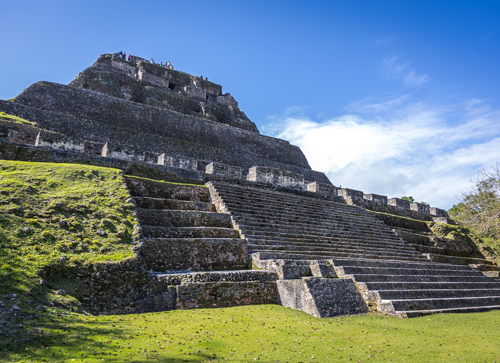
Located near San Ignacio, Xunantunich is one of Belize’s most famous Maya sites. You’ll reach it by crossing the Mopan River on a hand-cranked ferry, adding a touch of charm before you even set foot on the site.
The crown jewel here is El Castillo, a 130-foot pyramid with breathtaking views of the surrounding jungle and Guatemala’s Petén region. Look closely and you’ll see intricate stucco friezes depicting gods, celestial bodies, and mythological creatures.
Historical Importance: Xunantunich served as a ceremonial and political center in the Late Classic period (600–900 CE).
Rainy Season Advice:
- The ferry runs rain or shine, but the pyramid steps can be slippery—use caution.
- Afternoon showers are common, so morning visits may be drier.
3. Lamanai
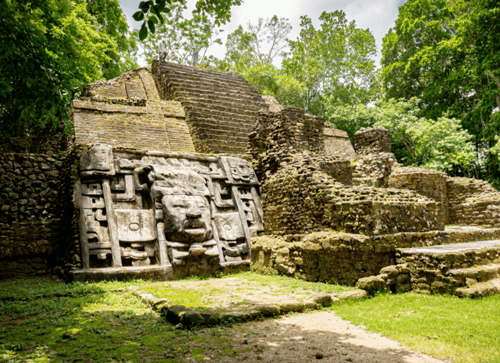
Meaning “Submerged Crocodile” in the Maya language, Lamanai is as remarkable for its setting as for its history. You’ll arrive by a riverboat ride along the New River, spotting herons, iguanas, and crocodiles along the way.
Once at the site, you’ll see towering temples, carved masks of rulers and gods, and evidence of continuous occupation from 1500 BCE into the colonial era. Lamanai’s resilience through centuries of change makes it one of Belize’s most fascinating ruins.
Wet Season Considerations:
- The boat ride is an adventure in itself; bring a light rain poncho.
- Mosquito repellent is essential due to higher humidity.
Colonial & Post-Colonial Heritage Sites
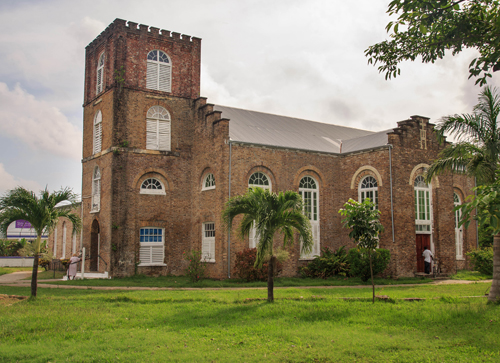
1. St. John’s Cathedral – Belize City
Built between 1812 and 1820 from bricks brought over as ballast on ships, St. John’s Cathedral is the oldest Anglican church in Central America. It has hosted coronations of local leaders and remains a functioning parish.
Architecture: Classic Georgian style with wooden pews, stained glass, and a tranquil garden.
Rainy Season Note: Belize City streets can flood during heavy showers, so plan visits around the tide schedule if possible.
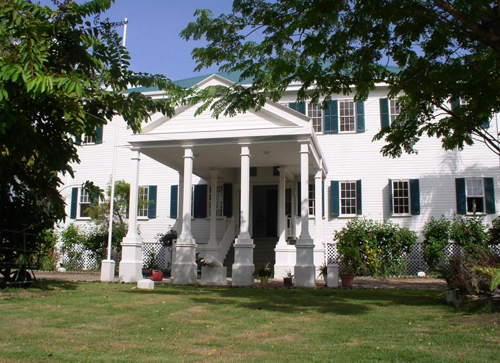
2. Government House (House of Culture)
Once the official residence of the British Governor, this stately building now serves as a museum and cultural hub. Inside, you’ll find exhibitions on Belize’s colonial history, photographs, and period furniture.
Wet Season Advantage: Most of the experience is indoors, making it an ideal rainy-day activity.
Planning Your Visit During the Rainy Season
Belize’s rainy season doesn’t mean constant downpours—it’s characterized by brief, intense showers followed by sunshine. Here’s how to make the most of it:
- Pack smart: Lightweight rain jacket, quick-dry clothing, waterproof footwear, insect repellent.
- Choose morning tours: Afternoons tend to have more rainfall.
- Book flexible operators: Ensure your tour company has clear rescheduling or refund policies.
- Bring protection for electronics: Waterproof pouches keep your camera and phone safe.
- Embrace the atmosphere: The rain brings out wildlife activity and intensifies the jungle’s colors.
Final Thoughts
From sacred Maya caves to colonial cathedrals, Belize offers a captivating journey through time. Visiting during the rainy season adds its own magic—mist over temple tops, emerald-green landscapes, and fewer crowds to share them with. Whether you’re climbing El Castillo, floating into ATM Cave, or strolling through Belize City’s historic streets, each site tells a story of resilience, culture, and connection to the land.

